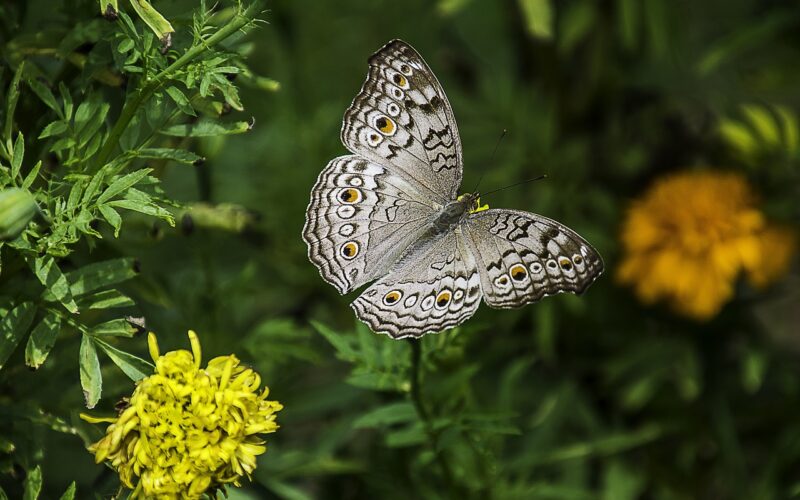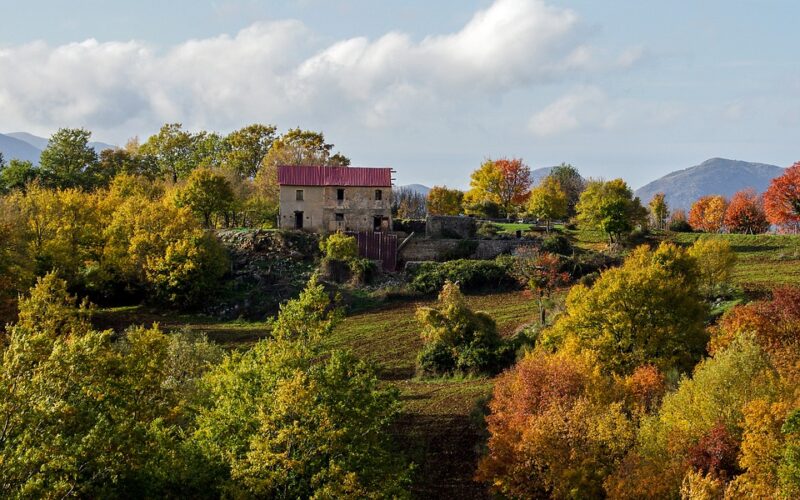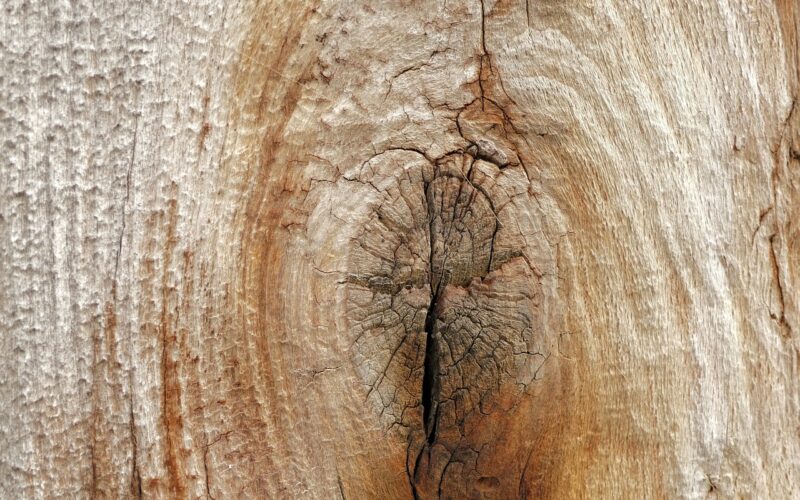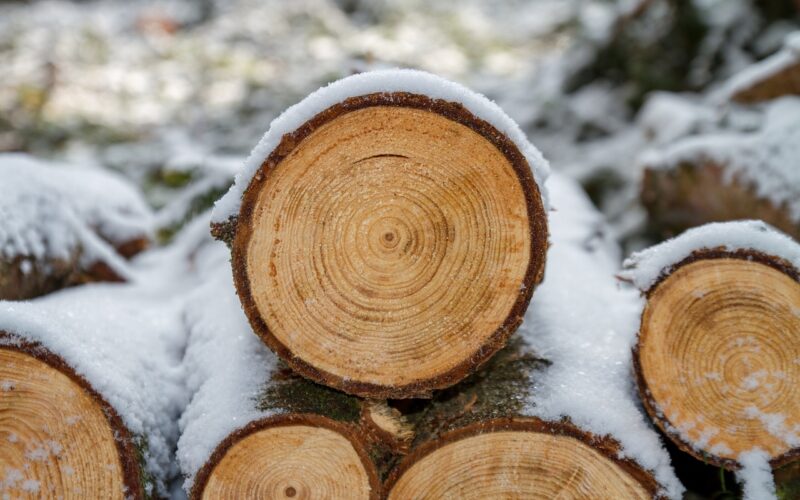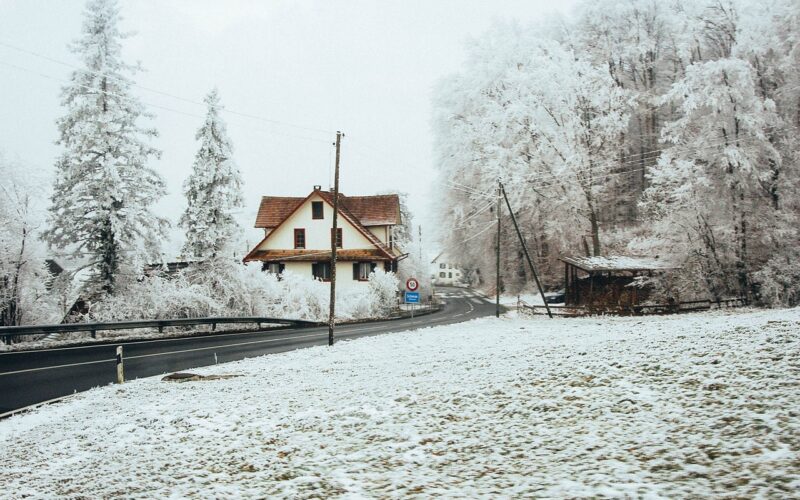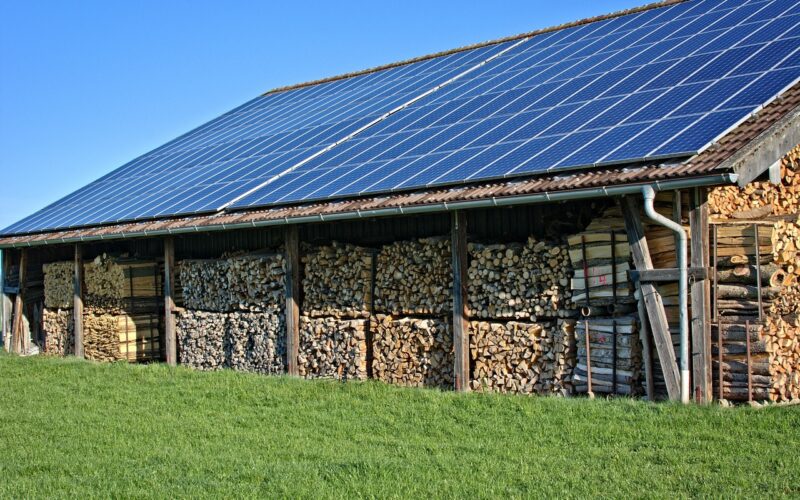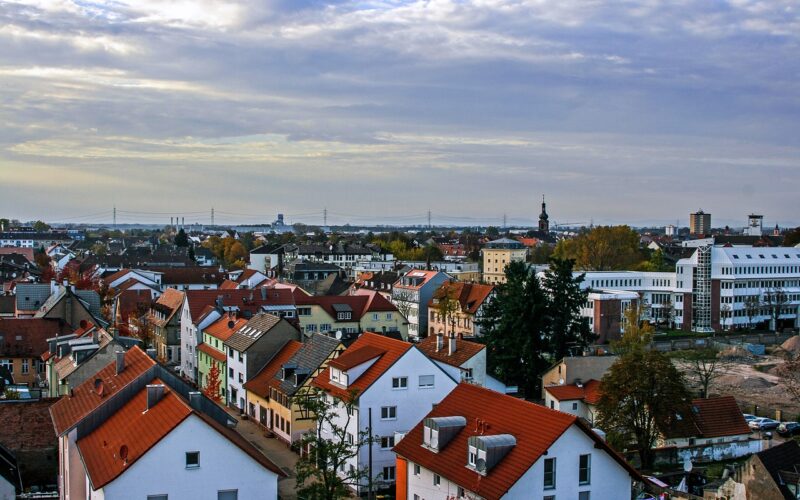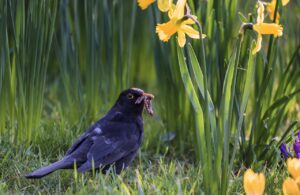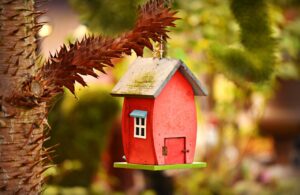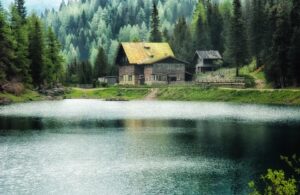Gardening isn't just about well-manicured lawns and orderly flower beds. There's a growing trend that's all about letting nature take the reins – garden rewilding. It focuses on creating a space that encourages natural processes to flourish, offering a haven for wildlife and bringing more biodiversity into our backyards.
What is garden rewilding and why consider it?
Rewilding is the process of returning land to a more natural state, allowing ecosystems to restore themselves. By rewilding your garden, you can create a micro-habitat for native plants, insects, birds, and other wildlife. It's an approach that not only has benefits for biodiversity but can also create a low-maintenance, sustainable space that changes with the seasons and develops over time.
Getting started with rewilding your garden
The beauty of garden rewilding is that anyone can do it, regardless of the size of their outdoor space. To begin, evaluate the current state of your area. Recall that rewilding doesn't mean neglect; it's about making conscious choices. Start by reducing your lawn area. Grass monocultures are less conducive to supporting diverse life. Instead, allow parts of your lawn to grow longer, which will enable wildflowers to emerge, providing nectar for bees and butterflies.
Think about incorporating native plant species. They are well-suited to the climate and soil of the area and require less maintenance. These natives provide the best resources for local wildlife, which have evolved alongside them.
Creating habitats within your rewilded garden
Different species require different habitats, and even in a small garden, you can create a variety. Put up bird boxes and leave dead wood to decay naturally, which can become a home for beetles and fungi. Dig a pond, no matter how small, as this can be an essential water source and habitat for aquatic wildlife. Piles of leaves and logs can encourage hedgehogs and other small mammals to find shelter.
The impact of rewilding on your garden's ecosystem
Over time, you'll notice an increase in the variety and number of creatures visiting your garden. Flowers will attract pollinators such as bees, butterflies, and hoverflies, which in turn support the birds that feed on them. Your garden will start to function as an ecosystem, where every element works together.
Challenges and considerations
Rewilding challenges the traditional view of what a garden should look like. There might be some untidiness. Also, consider that some non-native species might be invasive, so introducing them could have unforeseen consequences on the local flora and fauna. Always do your research or consult with a local expert before introducing new species.
Maintaining and enhancing your rewilded space
Periodic maintenance is still essential, but it's about working with nature rather than against it. For example, if certain plants start to dominate, they might need to be thinned out to allow others a chance to grow. You might choose to add paths or selectively prune to shape your space while letting other parts grow unhindered. By observing how the area changes, you can make small adjustments to encourage more diverse wildlife.
Community and education
Rewilding your garden can also be an educational tool, a way of engaging with children or the local community about the importance of biodiversity. It's an opportunity for hands-on learning and fostering a connection with the natural world.
Garden rewilding is an action anyone can take to help support the environment. It is an invitation to wildlife, supporting a diverse range of species and creating a rich, self-sustaining ecosystem right in your backyard. By rewilding, you join a movement that recognises the beauty and importance of the natural world, and you contribute to its preservation for future generations. The process is a rewarding one, offering a unique and dynamic garden that grows and evolves with time, and in turn, nurtures the wildlife that comes to call it home.
